Keep Your Teeth for Life: Dentist-Approved Tips to Combat Age-Related Tooth Loss
A strong, confident smile isn’t just about looking good—it’s about staying healthy from the inside out. As we age, our teeth face new challenges: receding gums, enamel erosion, bone loss. But here’s the truth most people miss—losing teeth isn’t a given. It’s preventable. With the right habits, your smile can stay just as powerful at 70 as it was at 30. That’s why we’ve expanded our list to 16 ingenious, dentist-backed hacks that go far beyond brushing and flossing. These are smart, science-supported strategies to protect your gums, strengthen your bite, and safeguard your teeth for the long haul. From daily tweaks to expert-level prevention tips, each hack offers real, actionable value—no fluff, no filler. Because oral health isn’t just about maintenance—it’s about mastery. If you’re ready to keep your teeth where they belong (in your mouth), this guide is your blueprint for lifelong strength, resilience, and that unmistakable sparkle.
1. Strategic Dental Check-Ups: Beyond Just Cleaning
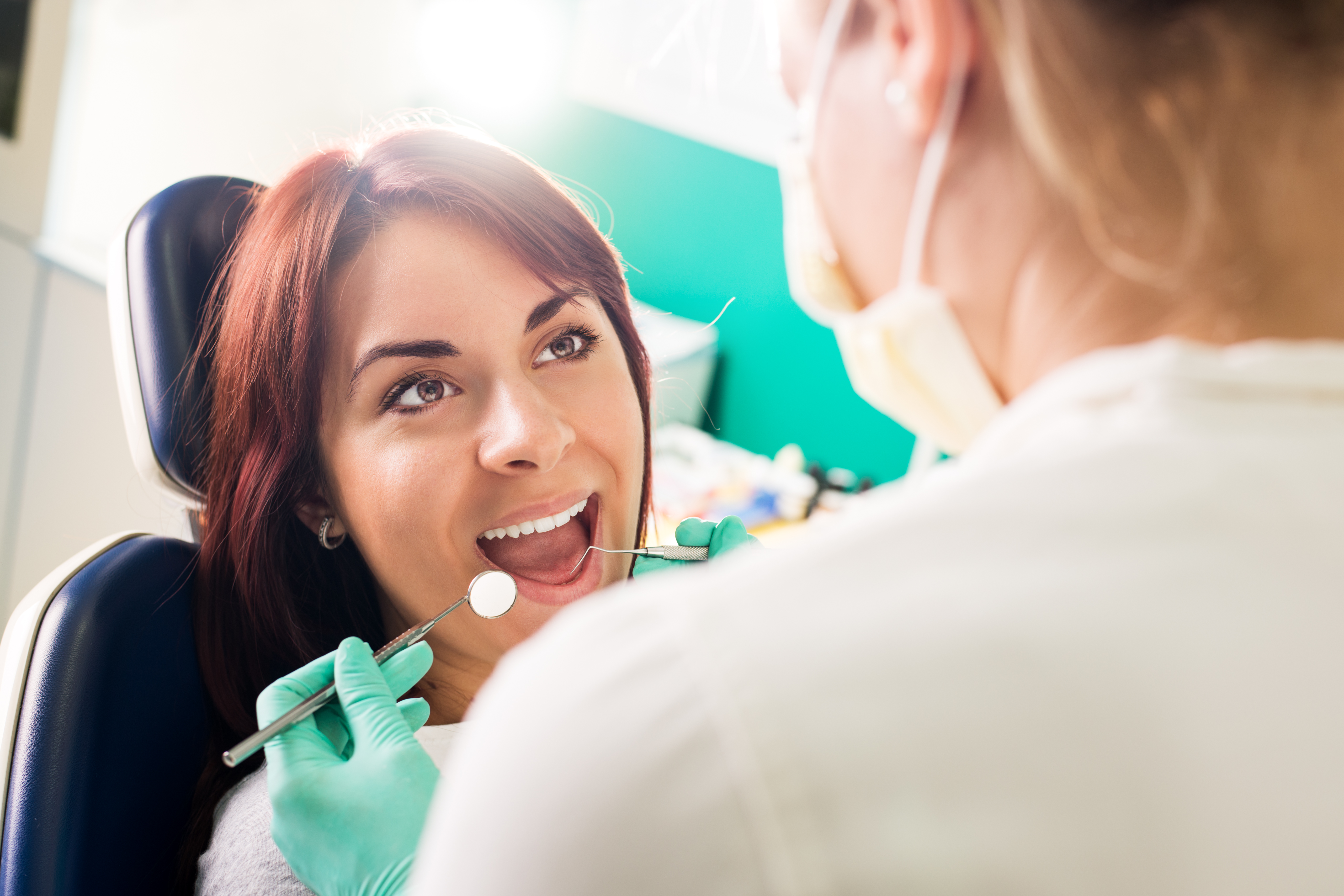
Regular dental check-ups are the bedrock of lifelong oral health, especially as you age. Beyond routine cleanings, your dentist performs crucial screenings for subtle changes in gum tissue, early signs of root decay (more common with receding gums), and even oral cancer. These bi-annual visits allow for the precise detection of issues like periodontal disease progression and failing restorations, which are more easily managed when identified promptly. Professional cleanings meticulously remove hardened plaque and tartar from below the gum line, safeguarding your teeth against the leading causes of tooth loss.
2. Targeted Nutrition: Beyond Just Calcium & Vitamin D

While calcium and Vitamin D are fundamental, specific nutrients offer a more nuanced approach to preventing tooth loss. Vitamin K2 guides calcium to your teeth and bones, preventing arterial calcification. Magnesium supports bone density and gum health. Vitamin C is crucial for collagen formation, strengthening gums against inflammation. Incorporate fermented foods for K2, leafy greens for magnesium, and vibrant berries for Vitamin C. This synergistic dietary strategy actively nourishes the complex ecosystem of your mouth, protecting against decay and gum recession from the inside out.
3. Precision Brushing: The Micro-Motion Method
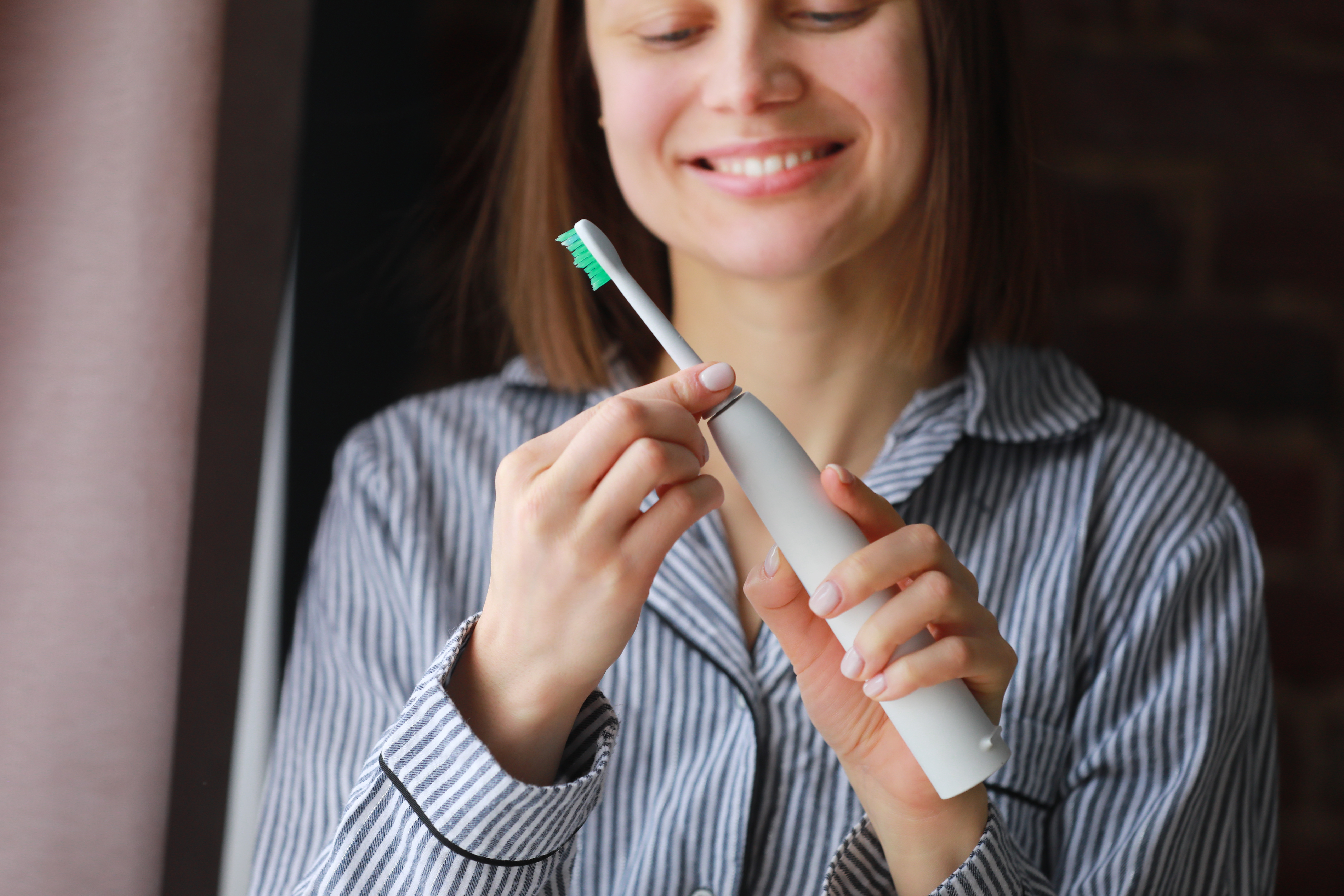
Mastering brushing isn't about scrubbing hard, especially as gums recede. Dentists advocate for the modified Bass technique: position a soft-bristled toothbrush at a 45-degree angle to the gum line. Use gentle, short, circular micro-motions, focusing on two teeth at a time, allowing bristles to reach just beneath the gum. Spend at least two minutes, covering all tooth surfaces. This precise method effectively dislodges plaque and bacteria from the critical gum margin without causing recession or abrasive wear, preserving precious enamel and gum tissue as you age.
4. Interdental Cleaning: Beyond Just Floss
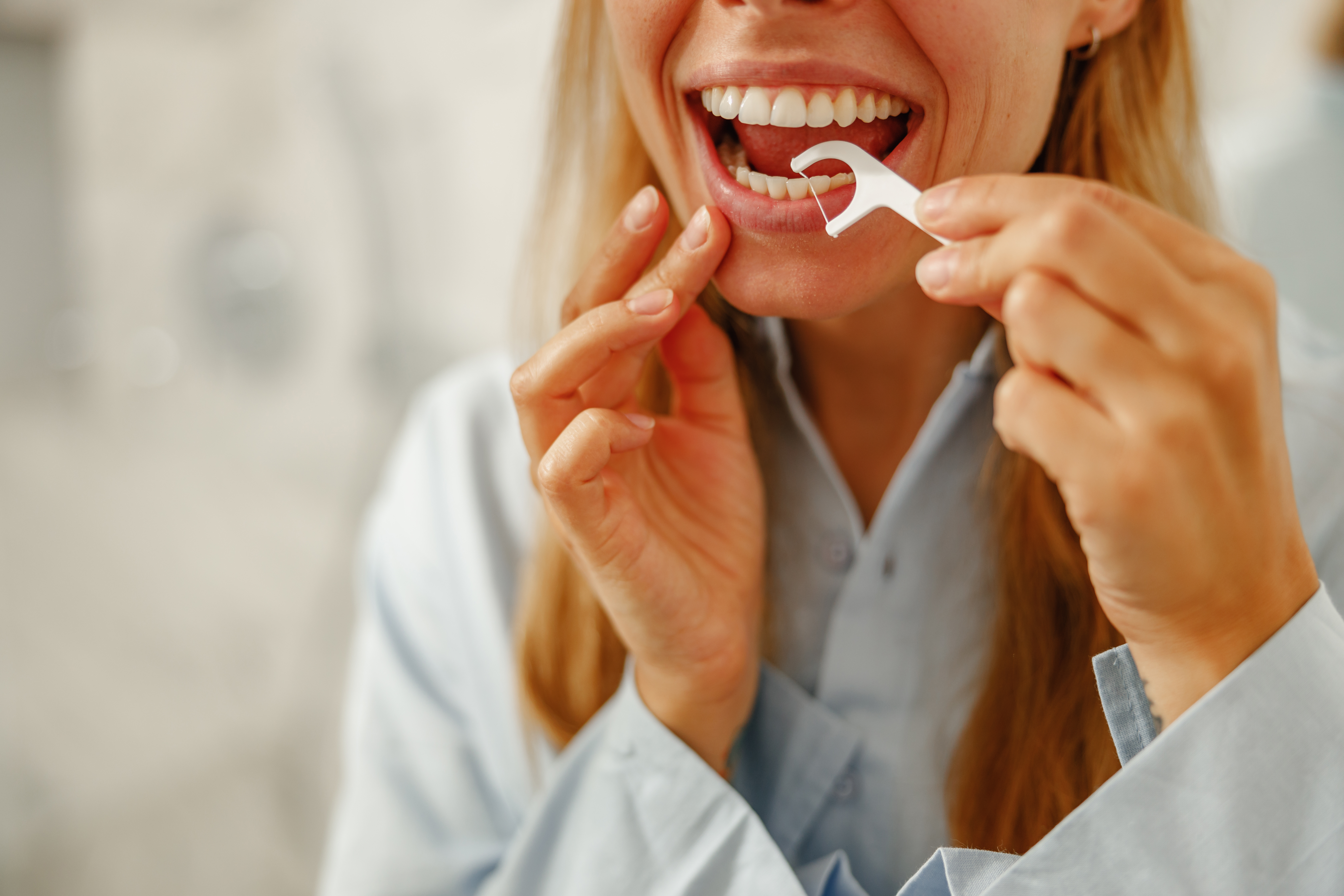
Flossing is non-negotiable, but true interdental mastery goes further. As gaps between teeth widen with age, or if you have braces/implants, traditional floss might not suffice. Incorporate interdental brushes, water flossers (oral irrigators), or floss picks alongside string floss. These tools effectively remove plaque and food particles from tight spaces and below the gum line where toothbrushes can't reach. Consistent daily interdental cleaning is your strongest defense against gum disease and interproximal cavities, the silent culprits behind many adult tooth losses.
5. Strategic Snacking: Neutralize Acid Attacks

Every time you consume sugary or acidic foods, your tooth enamel is under attack. As enamel naturally thins with age, this vulnerability increases. Beyond limiting these foods, practice strategic snacking. If you indulge, follow immediately with a swish of water or, ideally, chew sugar-free gum containing xylitol, which stimulates saliva and neutralizes acids. Pair acidic fruits with a neutral food like cheese. This mindful approach minimizes enamel erosion and cavity formation, preserving tooth structure.
6. pH Balancing Rinses: Supporting Saliva's Power
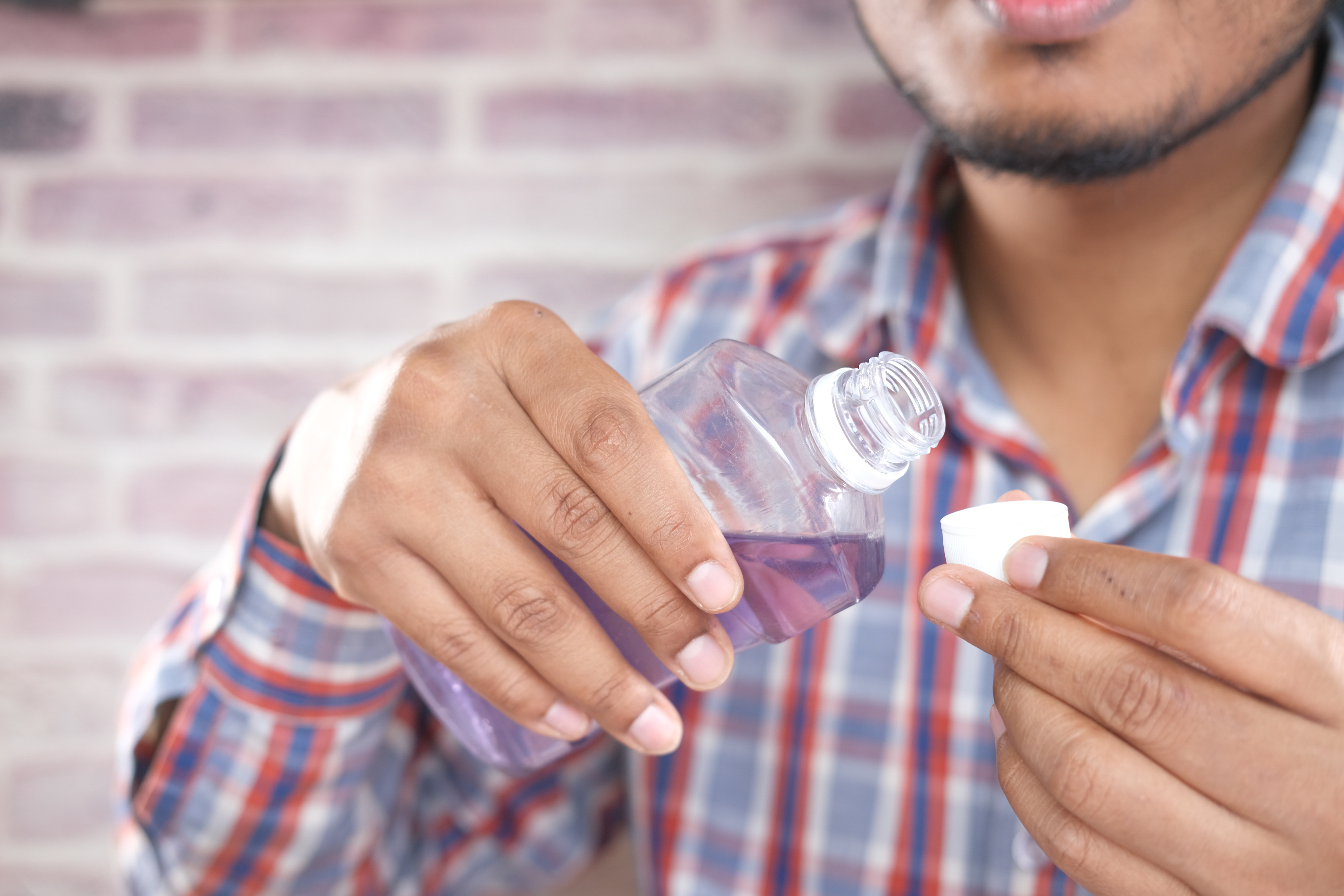
Saliva is your mouth's first line of defense, neutralizing acids and washing away food particles. As we age, medication or certain health conditions can reduce saliva flow, leading to dry mouth (xerostomia), a major risk for decay and gum disease. Beyond consistent hydration, consider using pH-balancing or fluoride-containing mouth rinses recommended by your dentist. These support saliva's natural protective functions, helping to remineralize enamel and maintain an oral environment less hospitable to harmful bacteria and acid attacks.
7. Tobacco Cessation & Alcohol Moderation: Beyond the Obvious Damage

The detrimental effects of tobacco and excessive alcohol go beyond obvious discoloration. Smoking severely constricts blood vessels in the gums, depriving them of oxygen and nutrients, masking gum disease, and accelerating bone loss. Alcohol dries out the mouth, reducing saliva's protective effects. As the body's repair mechanisms naturally slow with age, the damage from these substances becomes more pronounced and harder to reverse, drastically increasing risks for gum disease, root decay, and oral cancers. Prioritizing cessation is paramount.
8. Custom Night Guards for Bruxism: Protecting Against Unconscious Damage
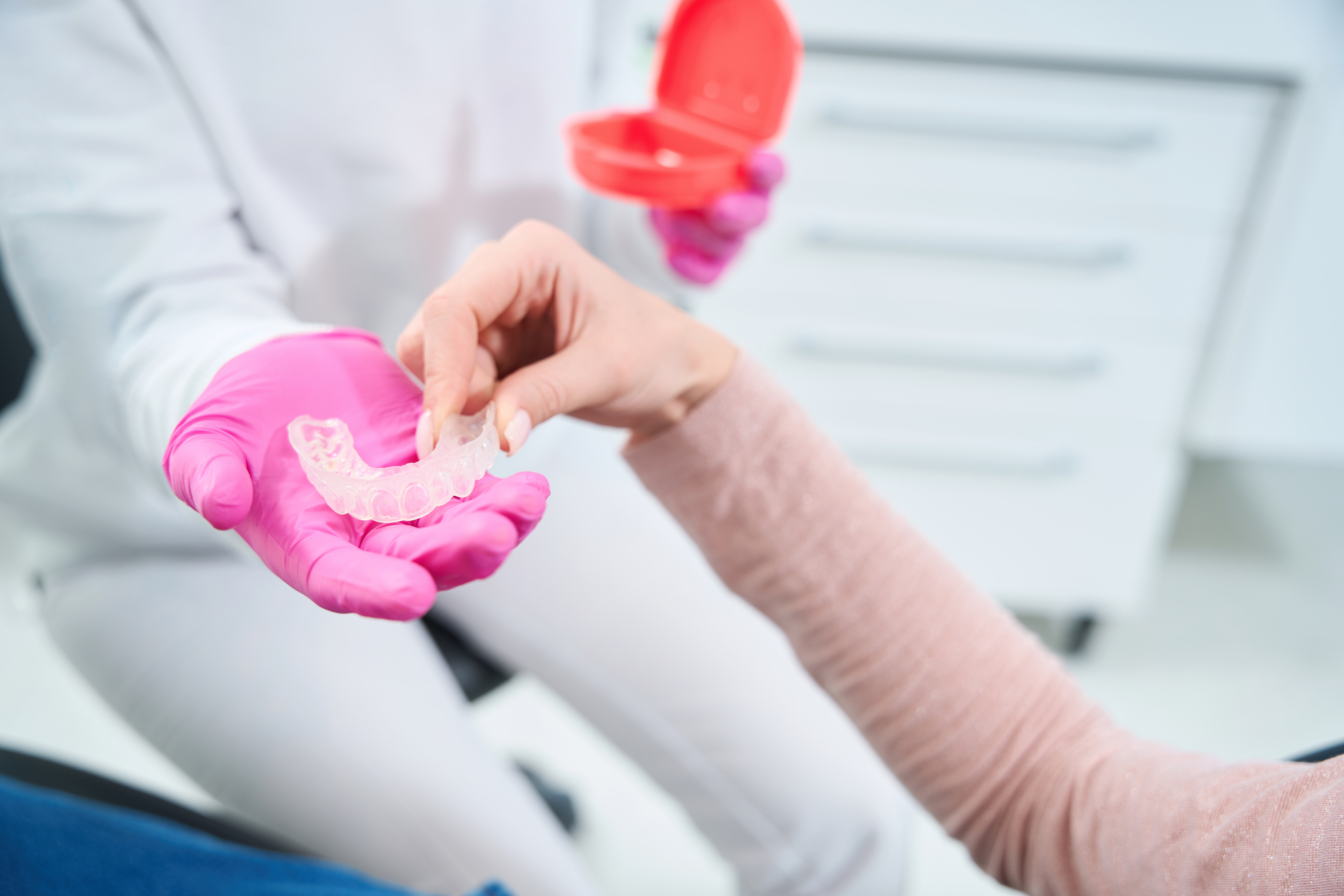
Bruxism, or chronic teeth grinding and clenching (often unconscious during sleep), is a silent destroyer of teeth, especially as we age. It causes excessive tooth wear, cracks, chips, and can even loosen teeth or damage jaw joints. A custom-fitted night guard from your dentist provides a precise, comfortable barrier, absorbing the forces of grinding. This proactive measure preserves enamel, protects existing restorations, and prevents future tooth loss by mitigating destructive nocturnal habits, safeguarding your bite for decades.
9. Managing Systemic Health: The Oral-Systemic Connection
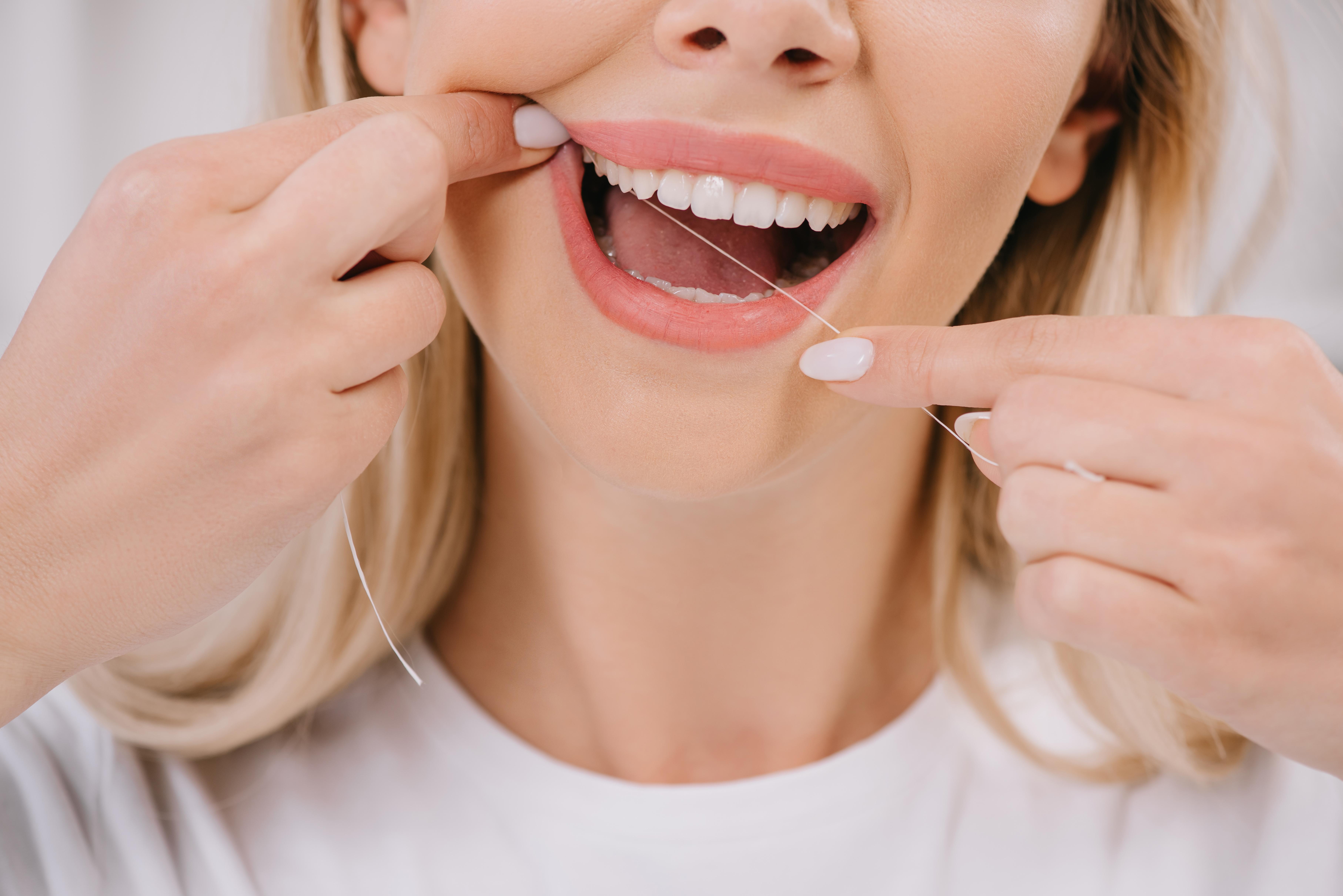
Your mouth is a window to your overall health. Uncontrolled chronic conditions like diabetes (increases risk of gum disease), osteoporosis (impacts jawbone density), and heart disease (inflammation link) significantly influence oral health. Managing these conditions effectively with your medical doctor is a direct strategy for preventing tooth loss. Regular communication between your dentist and physician ensures a holistic approach, where treatments for systemic health proactively protect your teeth and gums from related complications.
10. Oral Cancer Screenings: Vigilance for Early Detection
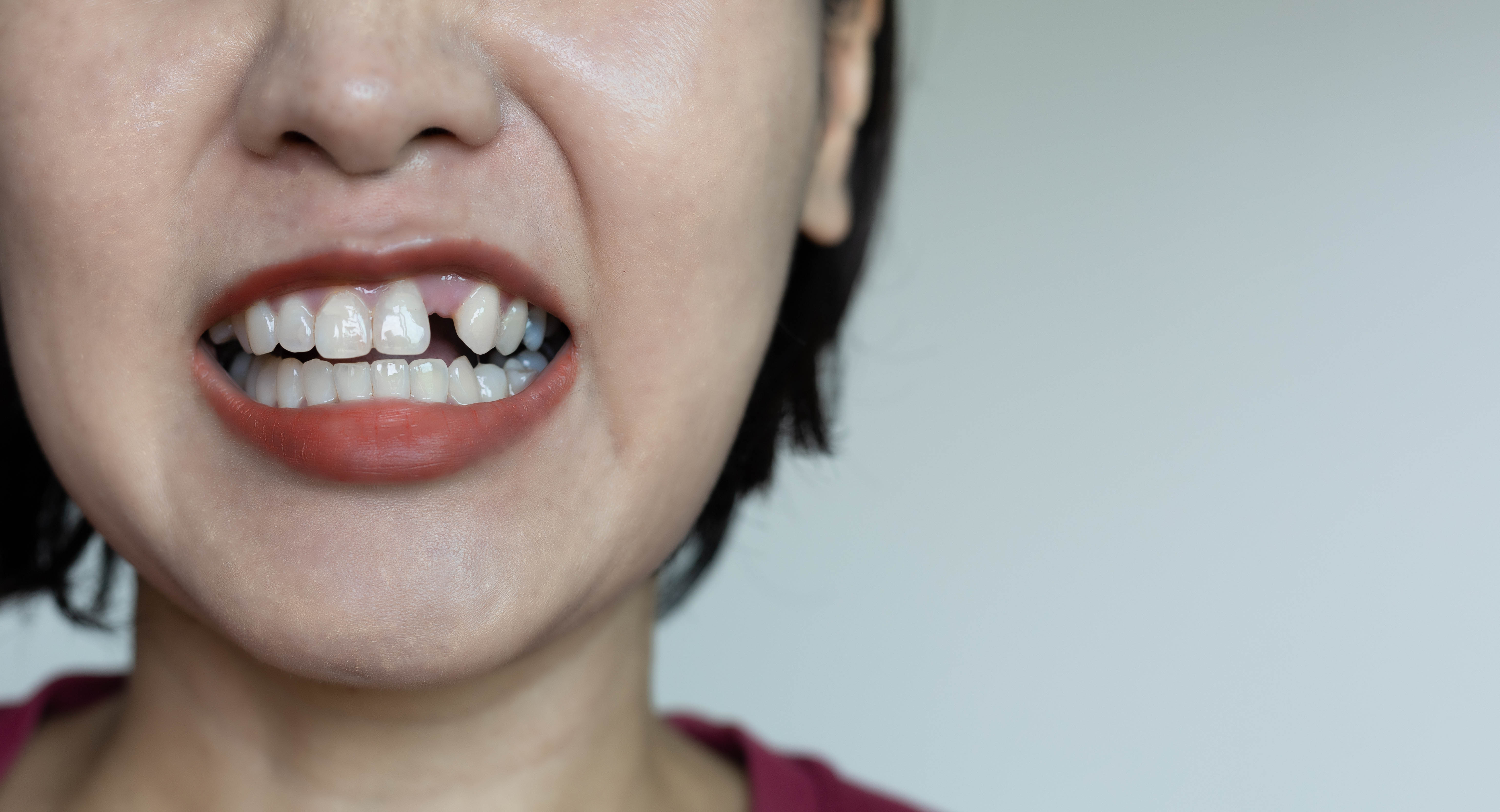
Oral cancer, often related to sun exposure, tobacco, and alcohol use, becomes a greater concern with age. Your dentist is your first line of defense. Regular check-ups include oral cancer screenings where your dentist examines your tongue, cheeks, floor of the mouth, and throat for any unusual lumps, red or white patches, or persistent sores. Early detection is paramount for successful treatment. This proactive screening, often part of your routine exam, is vital for preserving not just your teeth, but your life.
11. Understanding Medications and Oral Side Effects

As we age, many individuals take multiple medications for various health conditions. A critical but often overlooked hack is understanding how these medications impact oral health. Many common drugs (for blood pressure, allergies, depression) can cause dry mouth (xerostomia), which significantly increases the risk of tooth decay and gum disease by reducing saliva's protective function. Discuss all medications with your dentist. They can suggest strategies to manage side effects, such as special rinses or saliva substitutes, to protect your teeth.
12. Tongue Cleaning: The Forgotten Bacteria Trap
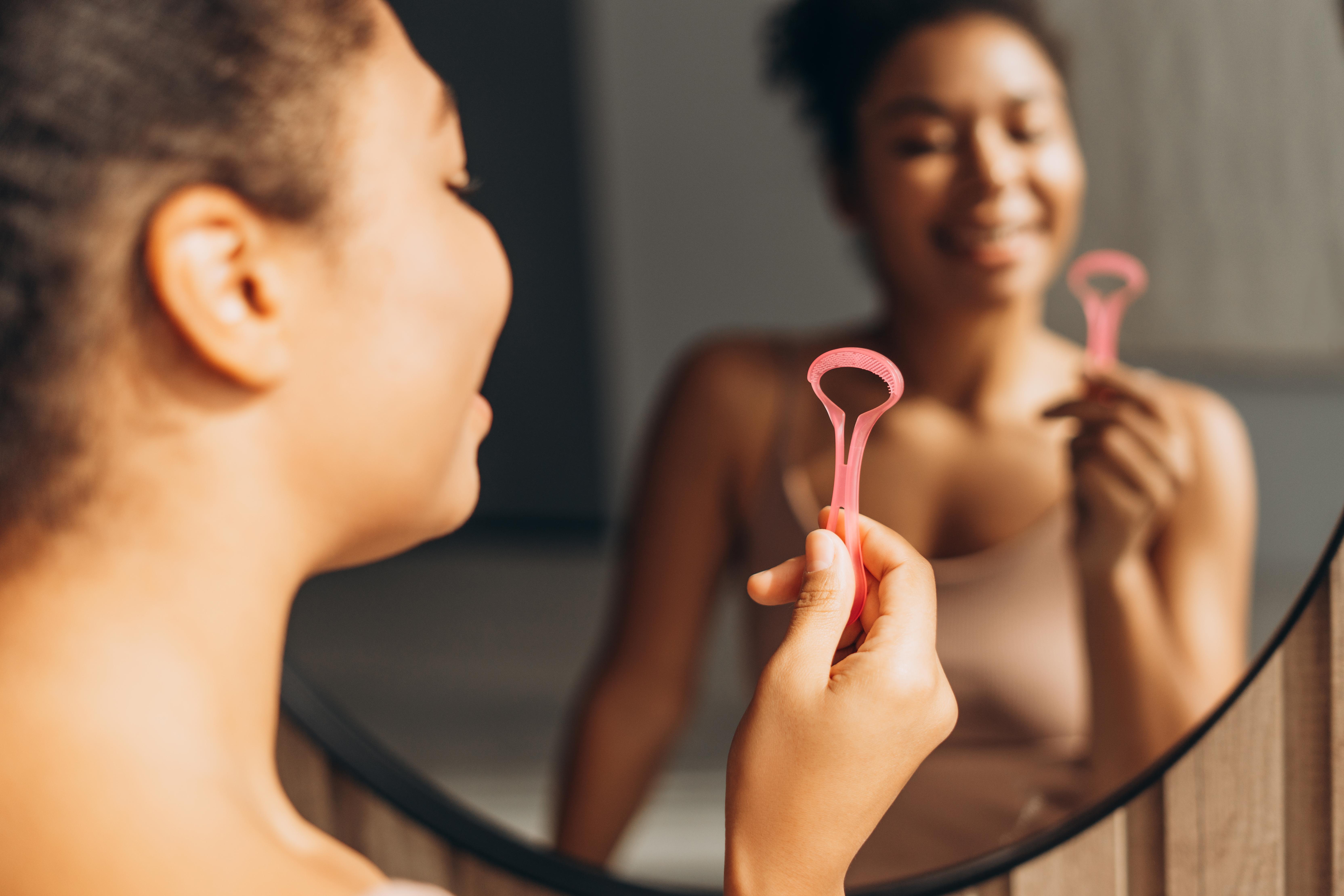
Your tongue is a bacteria magnet—and if you’re not cleaning it daily, you’re leaving millions of odor- and cavity-causing microbes behind. A coated tongue contributes to bad breath, disrupts your oral microbiome, and increases plaque accumulation along the gum line. Use a dedicated tongue scraper (not just your toothbrush) every morning to gently remove buildup from back to front. This simple 10-second ritual reduces harmful bacteria, boosts taste perception, and supports overall oral hygiene. It’s one of the lowest-effort, highest-impact habits for keeping your mouth fresh, your breath clean, and your teeth safer for the long haul.
13. Oil Pulling: Ancient Practice, Modern Benefits
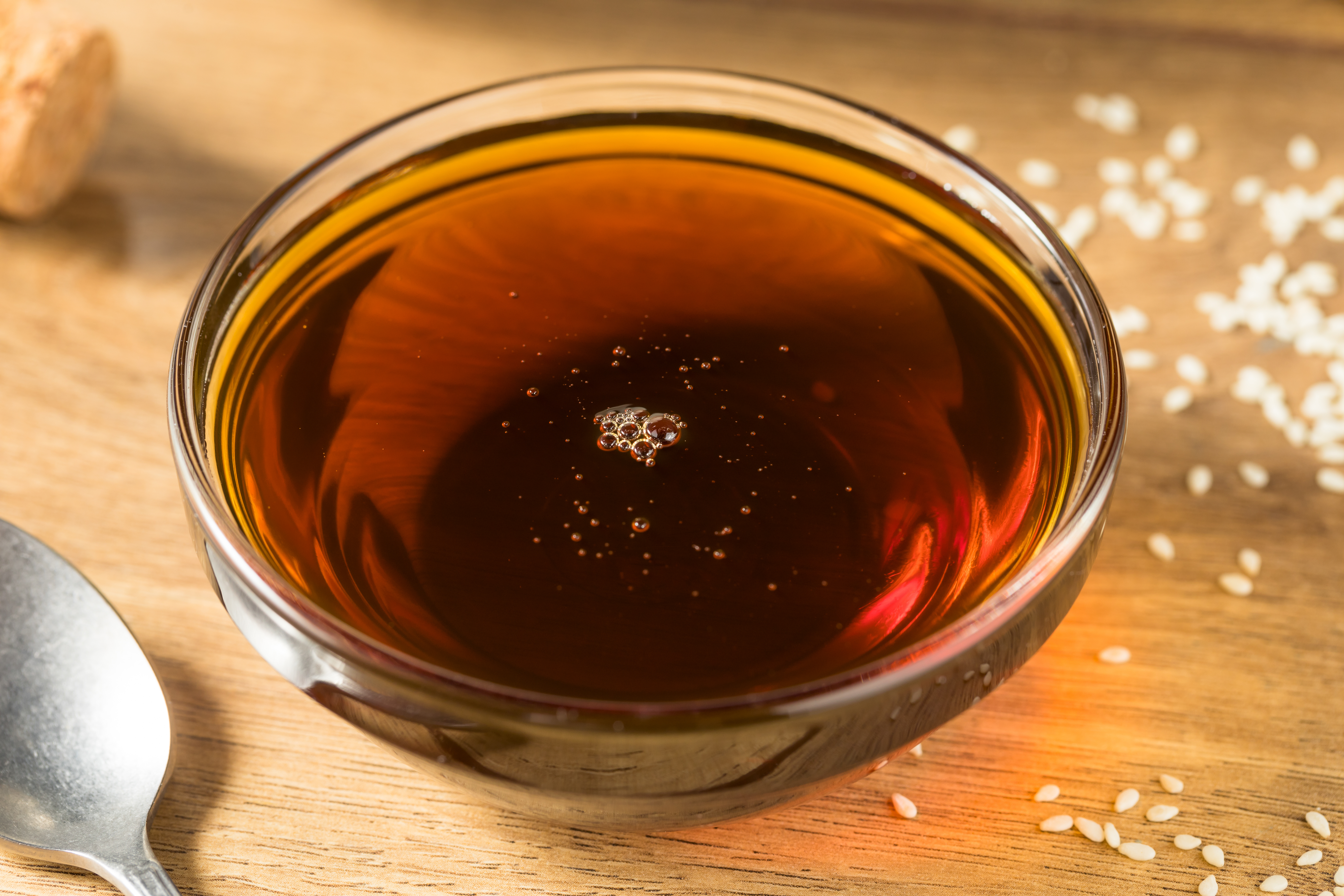
Oil pulling—swishing a tablespoon of coconut or sesame oil for 10–15 minutes—might sound like a wellness fad, but there’s research behind the ritual. Studies show it can reduce harmful oral bacteria like Streptococcus mutans, decrease plaque, and improve gum health. While it’s not a replacement for brushing, it’s a powerful adjunct for those battling inflammation or dry mouth. The oil traps toxins and lubricates tissue, supporting gum resilience without harsh chemicals. Done consistently, oil pulling can support a healthier oral microbiome and act as a gentle detox for your mouth—especially useful as natural saliva production decreases with age.
14. Mindful Mouth Breathing Correction
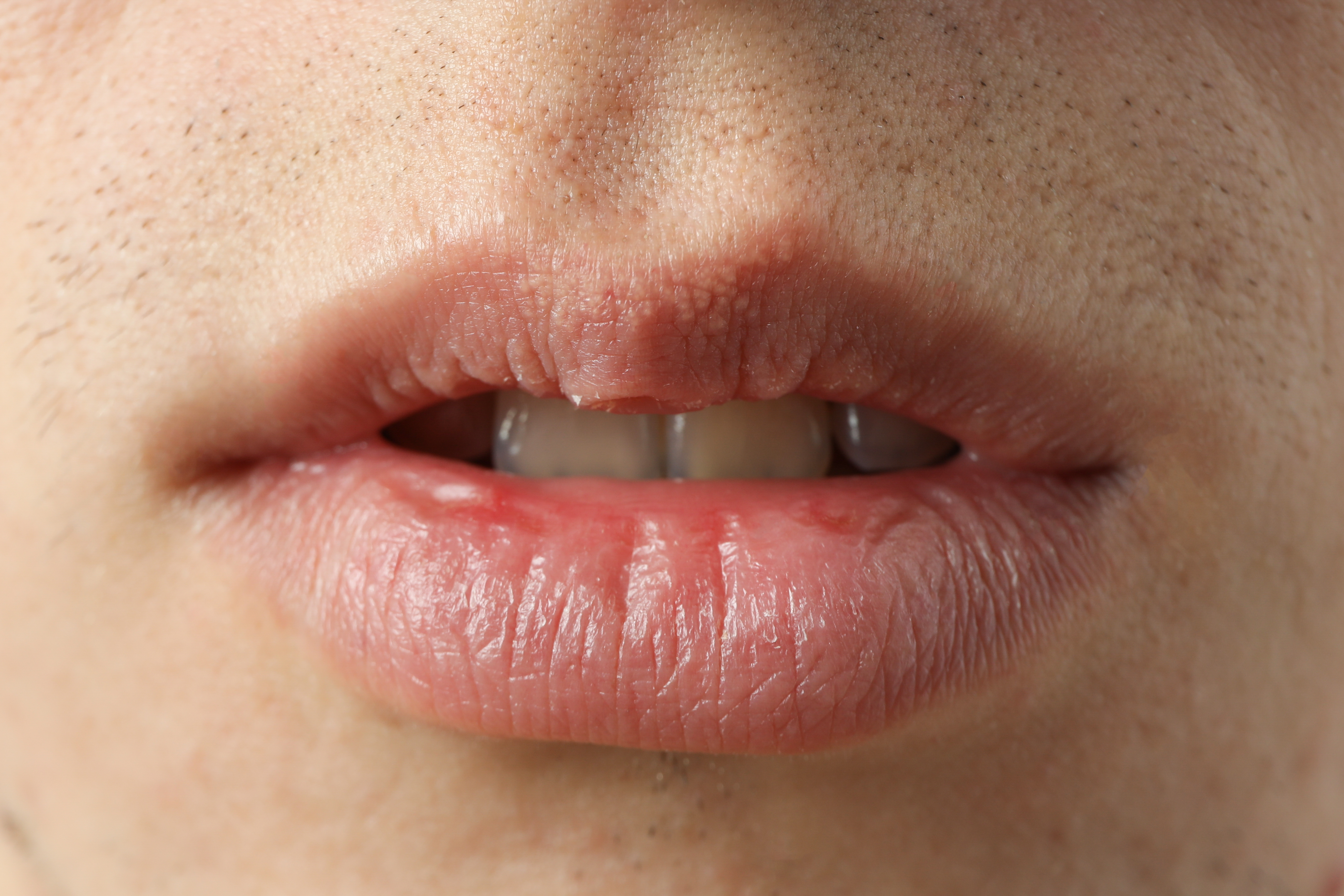
Chronic mouth breathing, especially at night, dries out your oral tissues, lowers pH levels, and sets the stage for decay, gum disease, and even jaw misalignment. Many people don’t realize they breathe through their mouth due to allergies, stress, or sleep apnea. Signs include dry mouth, sore throat, or waking with bad breath. Dentists recommend practicing nasal breathing during the day, using nasal strips at night, or exploring myofunctional therapy to retrain your breathing patterns. Correcting this habit early not only protects your teeth but improves sleep quality, oxygenation, and facial muscle tone—an all-around win for aging well.
15. Upgrade to an Electric Toothbrush with Pressure Sensors
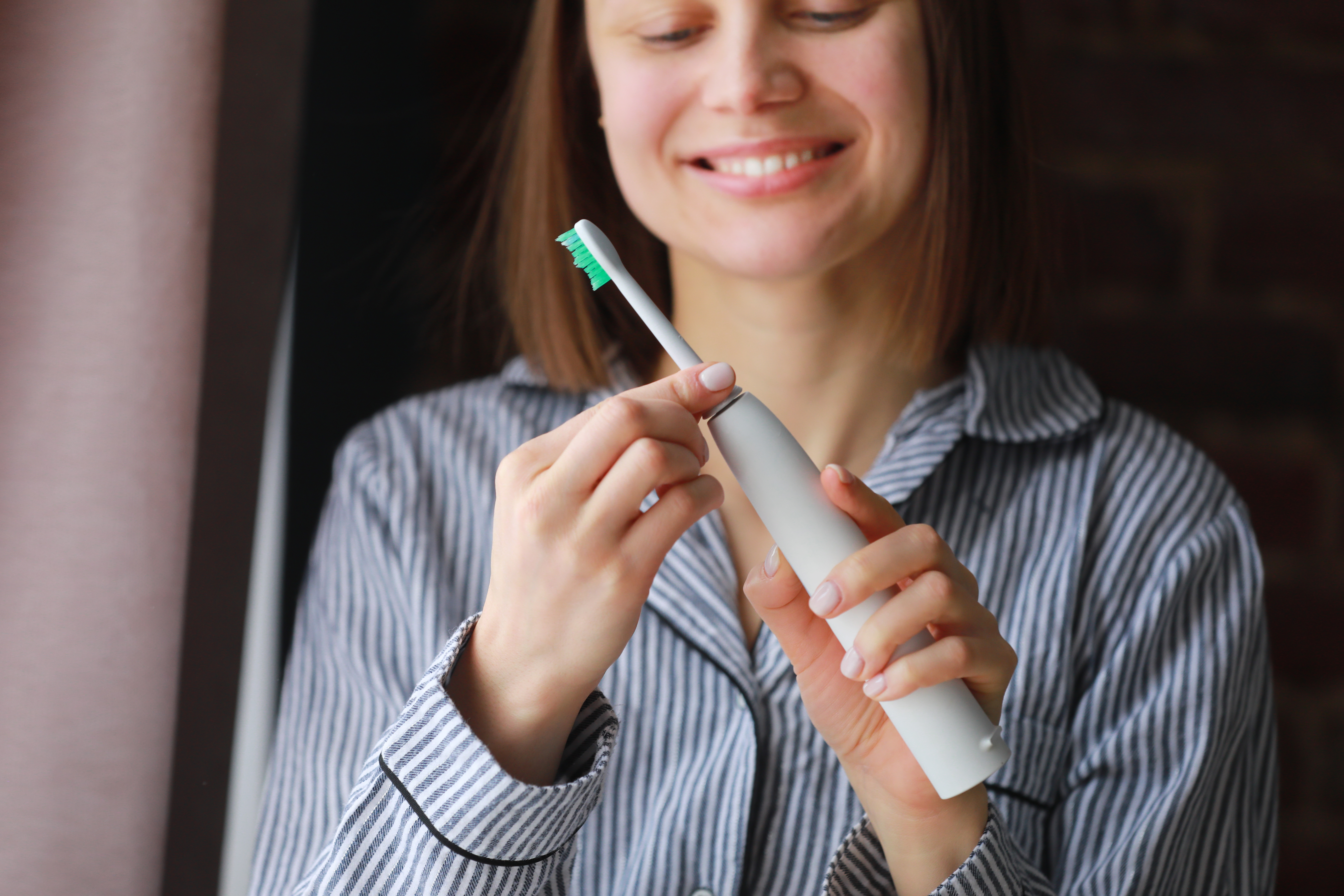
Manual brushing can be effective—but studies consistently show electric toothbrushes outperform them in plaque removal and gum protection, especially for older adults with limited dexterity. Models with pressure sensors prevent overbrushing (a major culprit in gum recession), while oscillating or sonic technology provides deeper cleaning with less effort. Built-in timers help you meet the two-minute minimum, and app integrations can track technique over time. Upgrading to a high-quality electric brush transforms your brushing from a routine task into a targeted tool for prevention—protecting your enamel, gumline, and long-term oral health with every pass.
16. Rotate Your Toothpaste: Target Different Needs
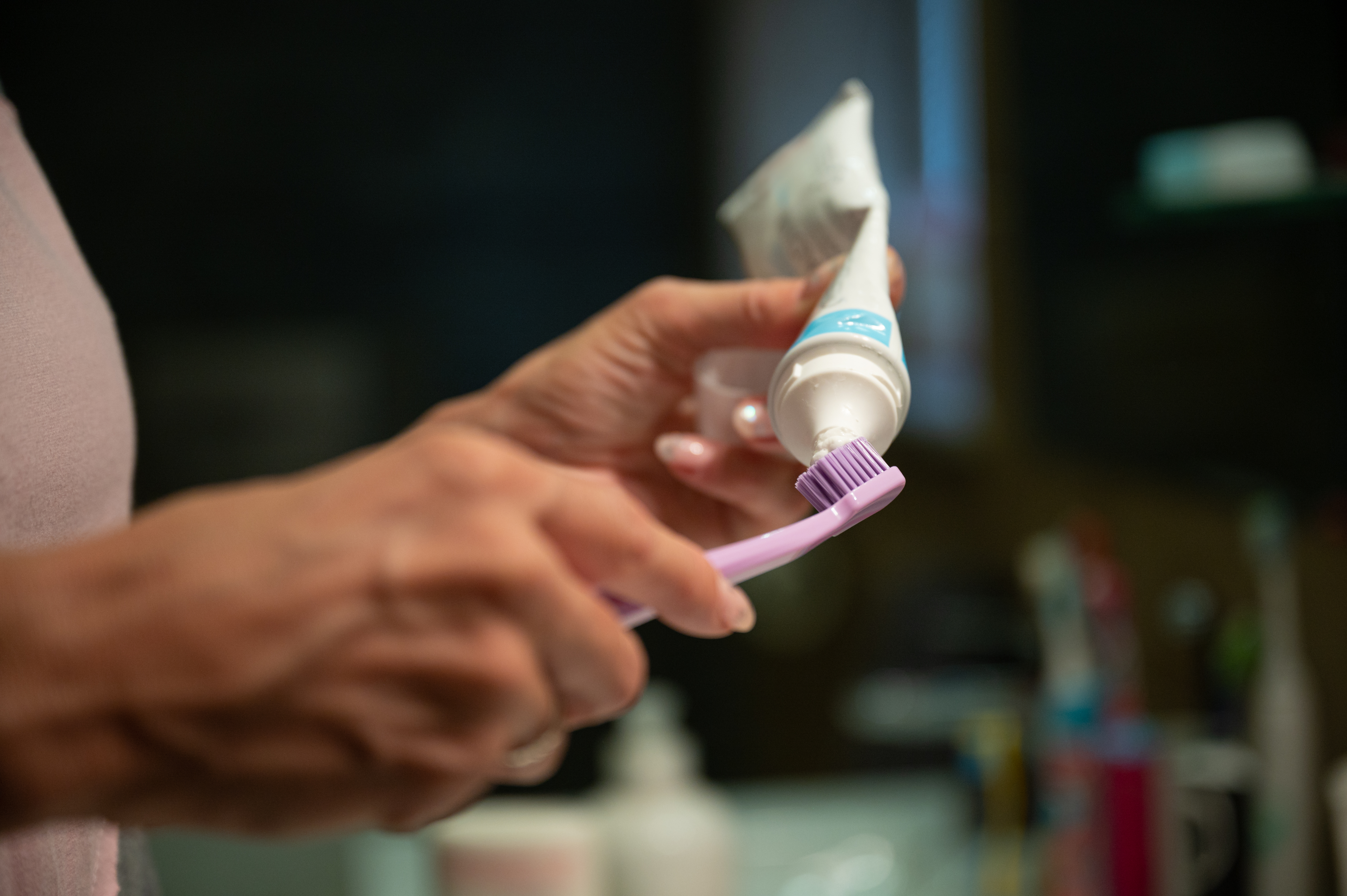
Your oral health needs change with the seasons of life—and so should your toothpaste. Instead of sticking to one formula, consider rotating between different types based on your current needs: a fluoride paste for enamel strengthening, a desensitizing one for exposed roots, a baking soda formula for gentle whitening, or a herbal option for inflammation. Talk to your dentist about alternating products every 1–2 months to address multiple concerns without ingredient overload. This strategic rotation gives your teeth and gums layered protection—kind of like cross-training, but for your smile. It’s personalization that pays off in prevention.
Smile Strong for Long
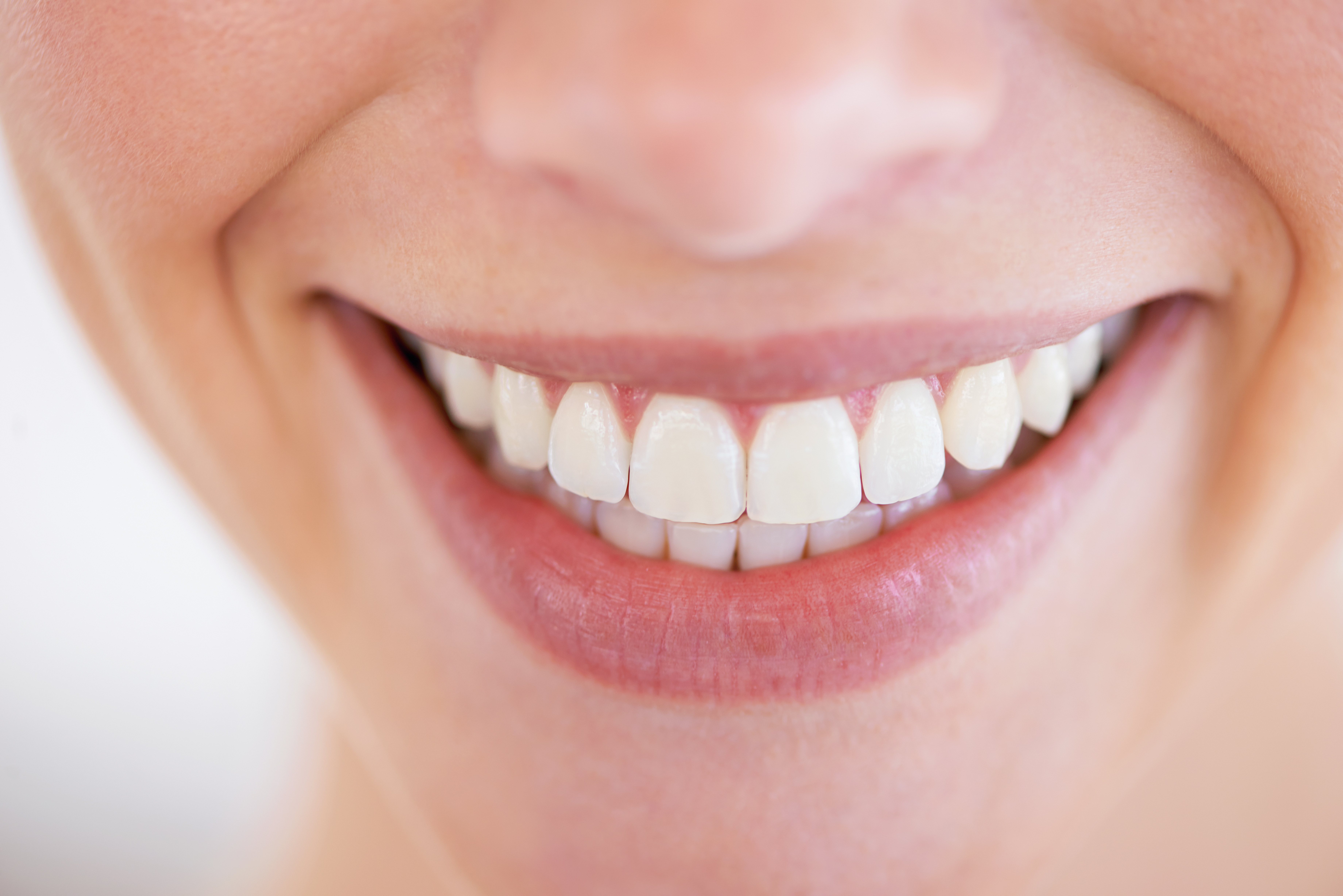
Tooth loss isn't destiny—it’s a decision. Every daily habit, every smart swap, and every proactive choice adds up to a stronger, more resilient smile. These 16 dentist-backed hacks go far beyond brushing and flossing. They target the hidden culprits—dry mouth, acid erosion, unconscious grinding, nutrient gaps, even the way you breathe. Because your mouth isn’t just a cosmetic feature—it’s your body’s frontline for digestion, immunity, and confidence. Aging doesn’t mean surrendering your teeth—it means getting strategic about protecting them. With the right knowledge and consistent care, you can keep every tooth intact, every gum healthy, and every smile rooted in strength. So whether you’re upgrading your toothbrush, correcting mouth breathing, or mastering the art of tongue scraping, remember: your oral health is yours to command. Let these tools be your armor—and wear your smile like it was meant to last a lifetime. Because it absolutely can.
